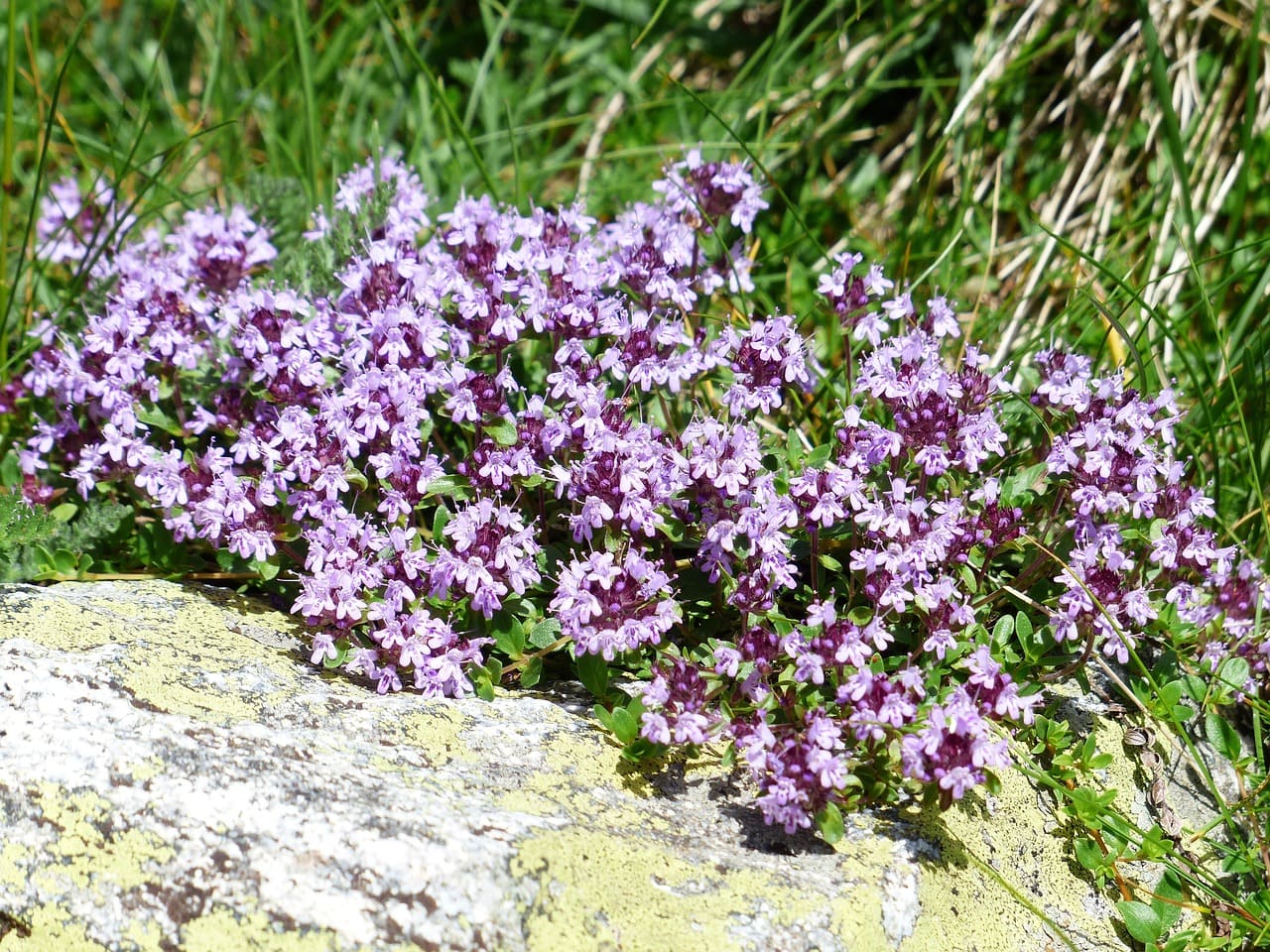When it comes to low-maintenance, fragrant, and beautiful plants for your garden, few can compete with the charm of creeping thyme. This hardy perennial has gained a loyal following among gardeners and cooks alike, not only for its vibrant appearance but also for its delightful culinary and aromatic qualities. Whether you’re planting it for landscaping, herbal uses, or both, creeping thyme herb has a way of brightening up any space with minimal effort.
What makes this plant even more appealing is how it bridges the gap between form and function. On one hand, you get a durable, fragrant creeping thyme ground cover that transforms empty patches of soil into lush, green carpets. On the other, you have a flavorful herb that works wonderfully in cooking, pairing well with everything from roasted vegetables to grilled meats.
The Many Varieties of Creeping Thyme
Among the different types, red creeping thyme is especially popular. Its tiny crimson flowers appear in the summer, creating a striking contrast against the rich green leaves. This splash of color turns walkways, borders, and patios into living tapestries, while still offering all the culinary benefits of the creeping thyme herb itself.
Other varieties offer pale pink or lavender blooms, but the red creeping thyme stands out as a favorite for gardeners looking to add both beauty and utility to their spaces. Each variety shares the same hardy nature, tolerating drought, poor soil, and even light foot traffic—making creeping thyme ground cover as practical as it is pretty.
Growing Creeping Thyme
One of the best things about creeping thyme is how easy it is to grow. Starting from creeping thyme seeds, you can plant it directly in your garden or in pots for a movable burst of greenery. While seeds are an affordable option, many gardeners prefer small starter plants for faster results, as they spread quickly once established.
Creeping thyme ground cover thrives in full sun and well-drained soil, making it perfect for rock gardens, borders, or even between stepping stones where grass struggles to grow. Once it takes root, it requires very little care—just occasional watering in dry periods and light trimming to keep it looking tidy.
Because it’s perennial, it comes back year after year, meaning your initial effort pays off in long-term beauty and utility.
Culinary and Aromatic Uses
Beyond its landscaping appeal, the creeping thyme herb has a well-deserved reputation in the kitchen. Its subtle earthy flavor, with hints of lemon and mint, makes it a versatile seasoning for soups, stews, meats, and roasted vegetables. Many chefs and home cooks appreciate its ability to enhance dishes without overpowering other flavors.
For those who love experimenting with fresh herbs, creeping thyme herb pairs beautifully with cilantro, another favorite in the culinary world. While cilantro brings a bright, citrusy freshness, thyme offers a savory depth, creating a well-rounded flavor combination in marinades, sauces, and even herbal teas.
Landscaping with Creeping Thyme Ground Cover
As a landscaping plant, creeping thyme ground cover offers solutions to many common garden challenges. Bare patches of soil? Erosion on a slope? Areas where grass just won’t grow? Red creeping thyme and its relatives can step in, covering the ground with lush greenery and cheerful blooms.
Its low-growing habit and tolerance for light foot traffic make it ideal for pathways and borders. Imagine stepping on fragrant creeping thyme ground cover as you walk through your garden—the scent is released with each step, turning an ordinary path into a sensory experience.
Plus, it attracts bees and pollinators when in bloom, making it as beneficial to the ecosystem as it is to your landscape design.
A Plant That Does It All
From its culinary uses to its landscaping beauty, creeping thyme truly earns its reputation as a plant that does it all. Starting with creeping thyme seeds, you can transform your garden into a fragrant, colorful retreat while also enjoying a fresh supply of this flavorful herb for your kitchen.
Whether you choose red creeping thyme for its vivid flowers or other varieties for subtle color, this hardy, drought-tolerant plant rewards you with year-round beauty and versatility. Pair it with herbs like cilantro in the kitchen, let it flourish as a creeping thyme ground cover, and watch as it becomes one of the most valued plants in your garden.

